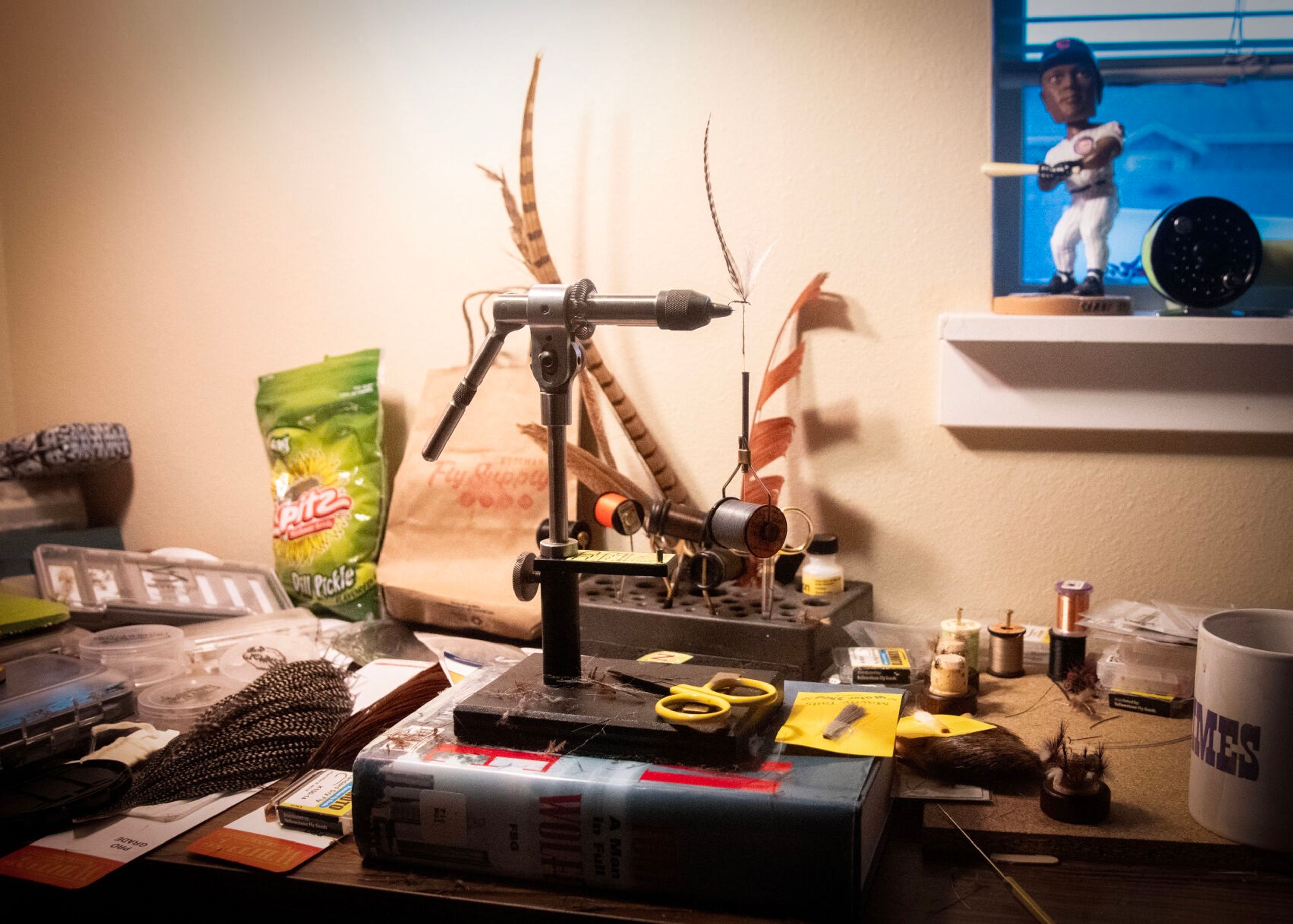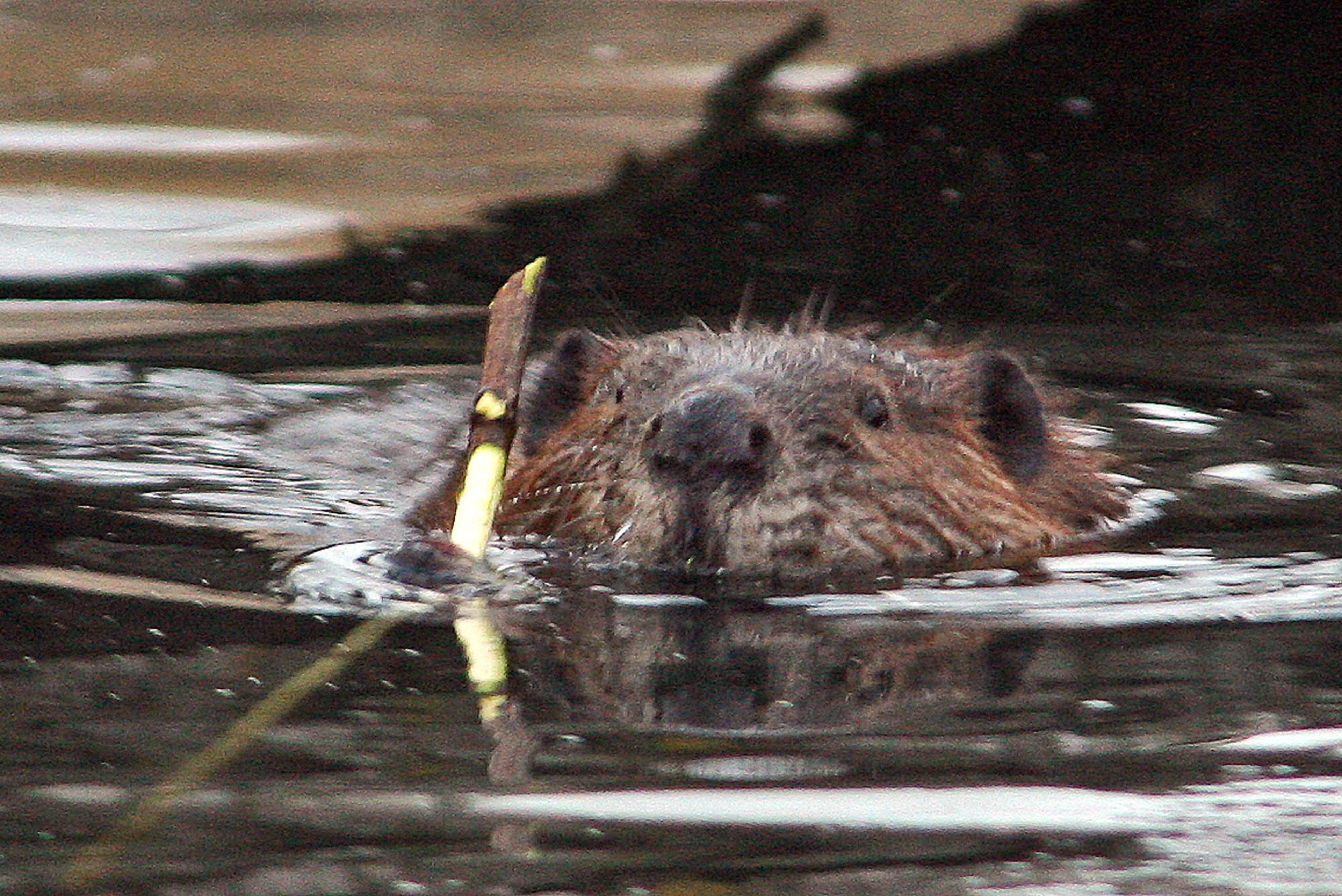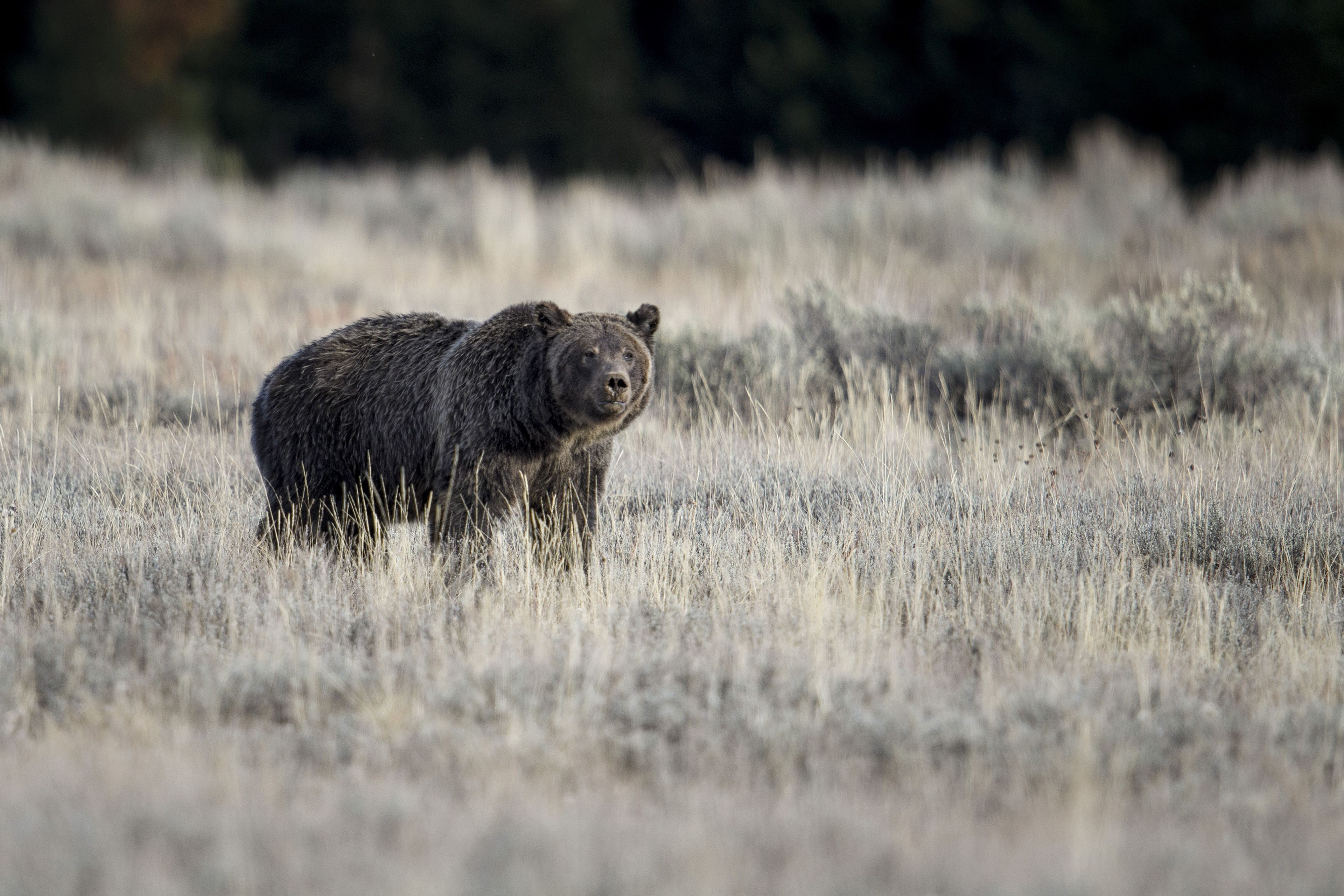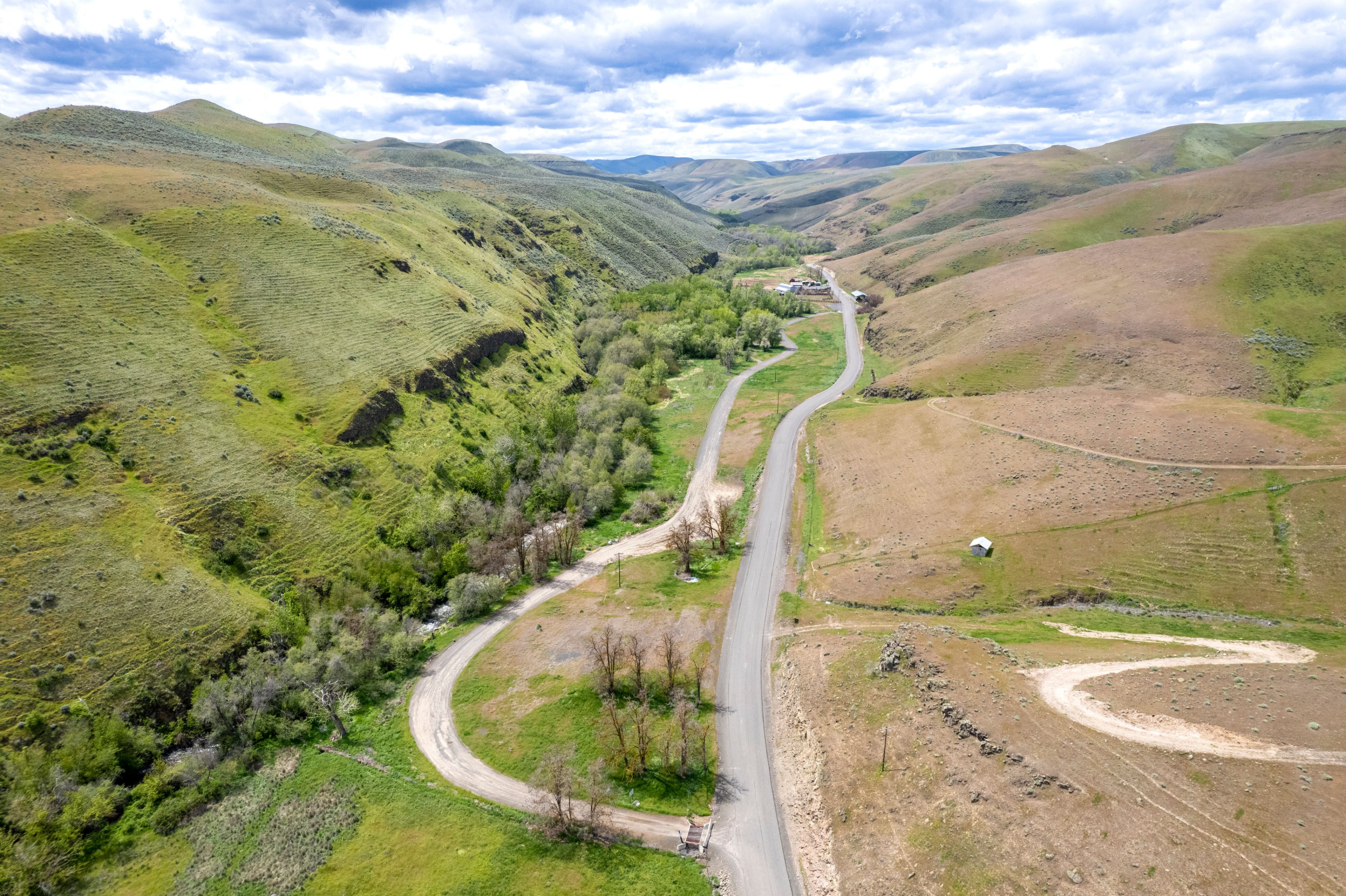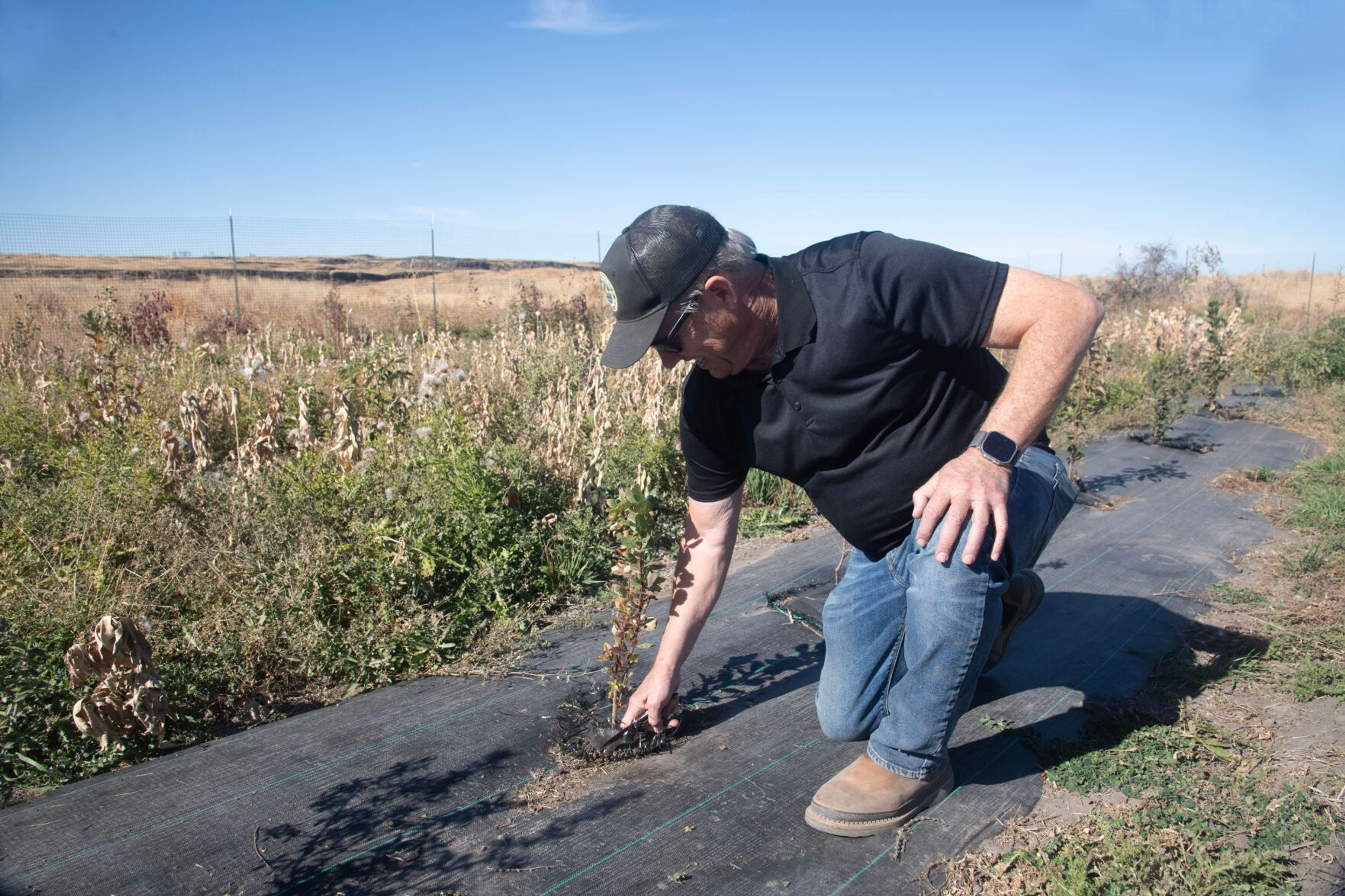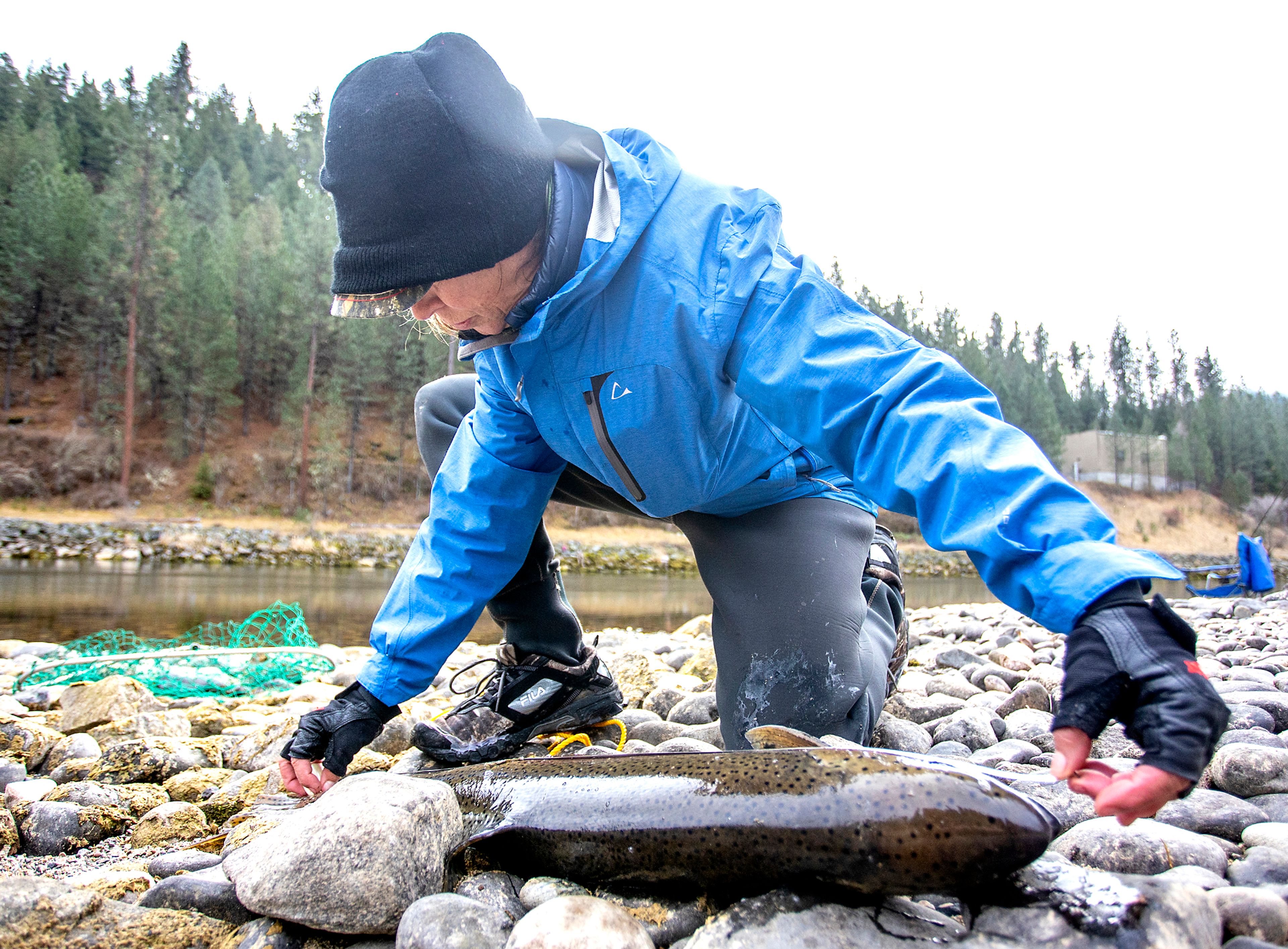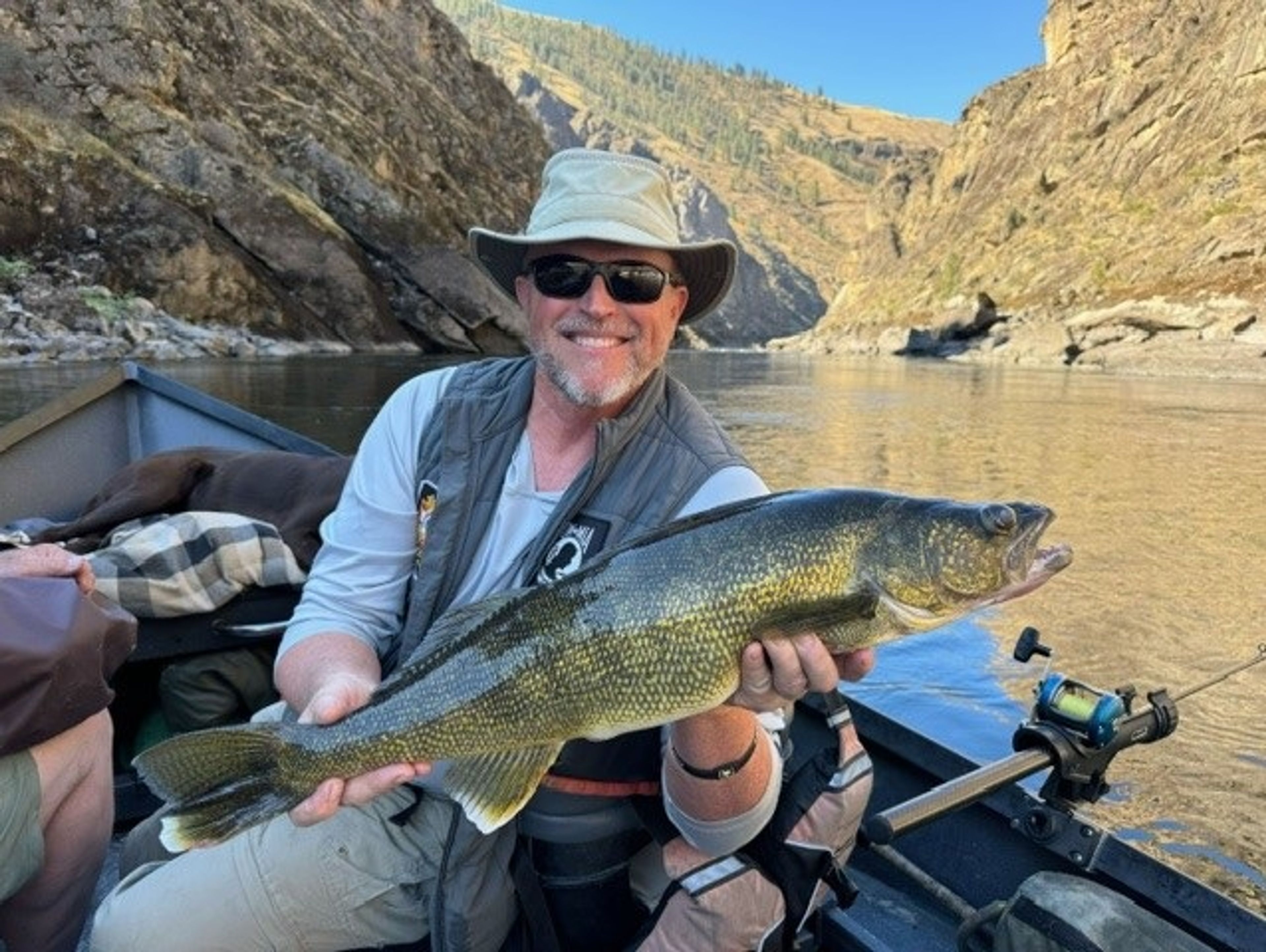Winter is a fine time to tie
It’s the season for filling fly boxes and flirting with resolutions
It always seems possible.
As the days shorten and the temperature drops, I start plotting a methodical fly-tying program, one that ensures the most essential flies are tied long before they’re needed. A day for hare’s ear and pheasant tail nymphs. A day for midges. A day for the big, bushy dry flies that will fool cutthroat trout in July.
An ambitious plan forms. I vow that this will be the winter I follow it, the winter I become the perfect one-man fly factory.
It’s not exactly a New Year’s resolution, because it usually begins sometime in November, but it shares the same outcome as most resolutions: failure.
Not for a lack of trying. Just consider the mess on my fly-tying desk. Hair clippings and wisps of dubbing are clumped together next to the vise, the detritus of flies already tied. A close examination of the carpet would turn up more of the same, along with a few beads and hooks that slipped through my fingers.
Then there’s the ever-expanding cache of materials ready to be used for the next batch. Hackle, peacock herl, patches of elk, deer and moose hair. More than a dozen spools of thread, all in different colors. Hooks in different sizes and shapes. There’s a full pheasant cape sitting on a shelf, a hare’s mask mixed with other materials in a set of plastic drawers. A half-dozen plastic tubs contain most of the remaining materials, loosely organized by category.
It’s a big chaotic mess, which is also a good way to describe my fly-tying process.
Smart tyers begin by organizing the materials and tools they’ll need to for a certain fly pattern. They’ll spend a full tying session churning out a dozen or more of the same fly.
I’m far less organized. I sit down without a clear plan, put a hook in the vise and then start looking for what I need. Usually, this takes longer than it should.
Worse, after spinning up a few of the same pattern, my mind will wander. After whip-finishing another zebra midge, I’ll get bored and shift to a newfangled pale morning dun cripple that I saw on Instagram. The fly-tying world is vast, and there’s always something new to try.
Smart tyers set priorities, and they stick to them. They also know their limitations, and how to avoid burning a day or three tying flies they never use.
These are skills I don’t have. Instead, I try to tie everything, which might be why I didn’t catch a steelhead this fall. I’m also prone to obsessing over complicated patterns with limited utility. Last year, it was a caddis pattern with a fragile wing made of a hen feather and scotch tape. I tied 15 or 20 of them over several days. I used maybe three.
To be clear, the stakes here are low. Buying flies isn’t a bad thing. Plus, I tie flies all year long, usually at least once a week. What I don’t get done now can be taken care of later.
Winter, however, offers a chance to get the bulk of the work done.
Getting boring flies out of the way makes the impromptu sessions of spring, summer and fall more fun. Winter is a season for filling boxes, a time to hunch over the vise and plan the angling year.
Most years, it starts out well. This month, I’ve churned out a few chironomids and callibaetis, flies I’ll need next spring when it’s time to visit the local lakes. Fresh midges are ready for a trip to Rocky Ford Creek. A half-dozen parachute Adamses are resting in an old whiskey bottle cork, soon to be scattered throughout the trout boxes — they work everywhere, and it’s always good to have extras.
I don’t know what I’ll tie next. This is the part I always think I’m going to fix. That I’m going to lay out a detailed plan to reach peak efficiency, and that my fly boxes will be the envy of the angling world.
In reality, though, it’s more likely that I’ll tie my favorites instead of the bugs I need. Small mayflies are more fun for me than streamers, dry flies more interesting than nymphs. This is going to leave a few holes in my fly boxes.
Maybe that’s OK. After all, efficiency isn’t the reason I started tying flies a dozen years ago. It’s not about saving money. It’s not about creating something better than what can be purchased from any retailer. It’s not about the ego trip of fooling fish with my own creations.
It’s about fun.
Playing with thread, feathers and fur lets me daydream about fish, both future and past. Tying a green drake takes me back to the Henry’s Fork in Idaho. A royal Wulff reminds me of secluded mountain streams and colorful cutthroat trout. An orange stimulator helps me remember where this all started, on a little Snake River tributary in the desert of southern Idaho.
It’s a way to be outside while inside.
When I think of it that way, leaving a few holes in the fly box doesn’t seem like a failure at all.
Wright is the Outdoor editor of the Spokesman-Review at Spokane.

